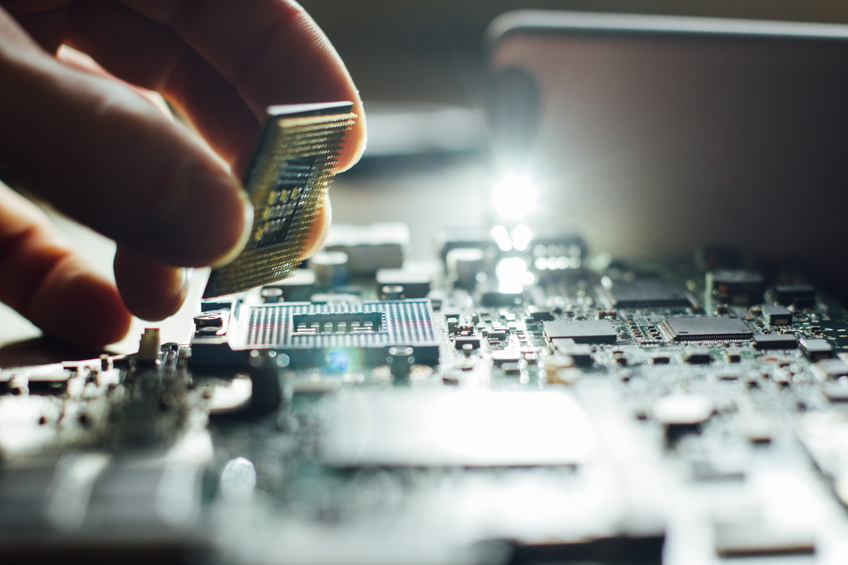Electrical Conductors

This online engineering PDH interactive presentation provides an overview of the types and applications of electrical conductors used in electrical systems.
Circuit components provide the majority of the operating characteristics of any electrical circuit. They are useless, however, if they are not connected together. Conductors are the means used to tie these components together.
Many factors determine the type of electrical conductor used to connect components. Some of these factors are the physical size of the conductor, its composition, and its electrical characteristics. Other factors that can determine the choice of a conductor are the weight, the cost, and the environment where the conductor will be used.
This 1 PDH online interactive presentation is intended primarily for electrical engineers, technicians, and professionals who are interested in gaining a better understanding of electrical conductors.
This continuing education interactive presentation is intended to provide you with the following specific knowledge and skills:
- Familiarizing with the definitions of unit size, mil-foot, square mil, and circular mil and the mathematical equations and calculations for each
- Understanding specific resistance and the three factors used to calculate it in ohms
- Learning the proper use of the American Wire Gauge when making wire measurements
- Understanding the factors required in selecting proper size wire
- Learning the advantages and disadvantages of copper or aluminum as conductors
- Defining insulation resistance and dielectric strength including how the dielectric strength of an insulator is determined
- Identifying the safety precautions to be taken when working with insulating materials.
- Knowing the most common insulators used for extremely high voltages
- Knowing the type of conductor protection normally used for shipboard wiring
- Gaining an overview of the design and use of the coaxial cable
Upon successful completion of the quiz, print your Certificate of Completion instantly. (Note: if you are paying by check or money order, you will be able to print it after we receive your payment.) For your convenience, we will also email it to you. Please note that you can log in to your account at any time to access and print your Certificate of Completion.